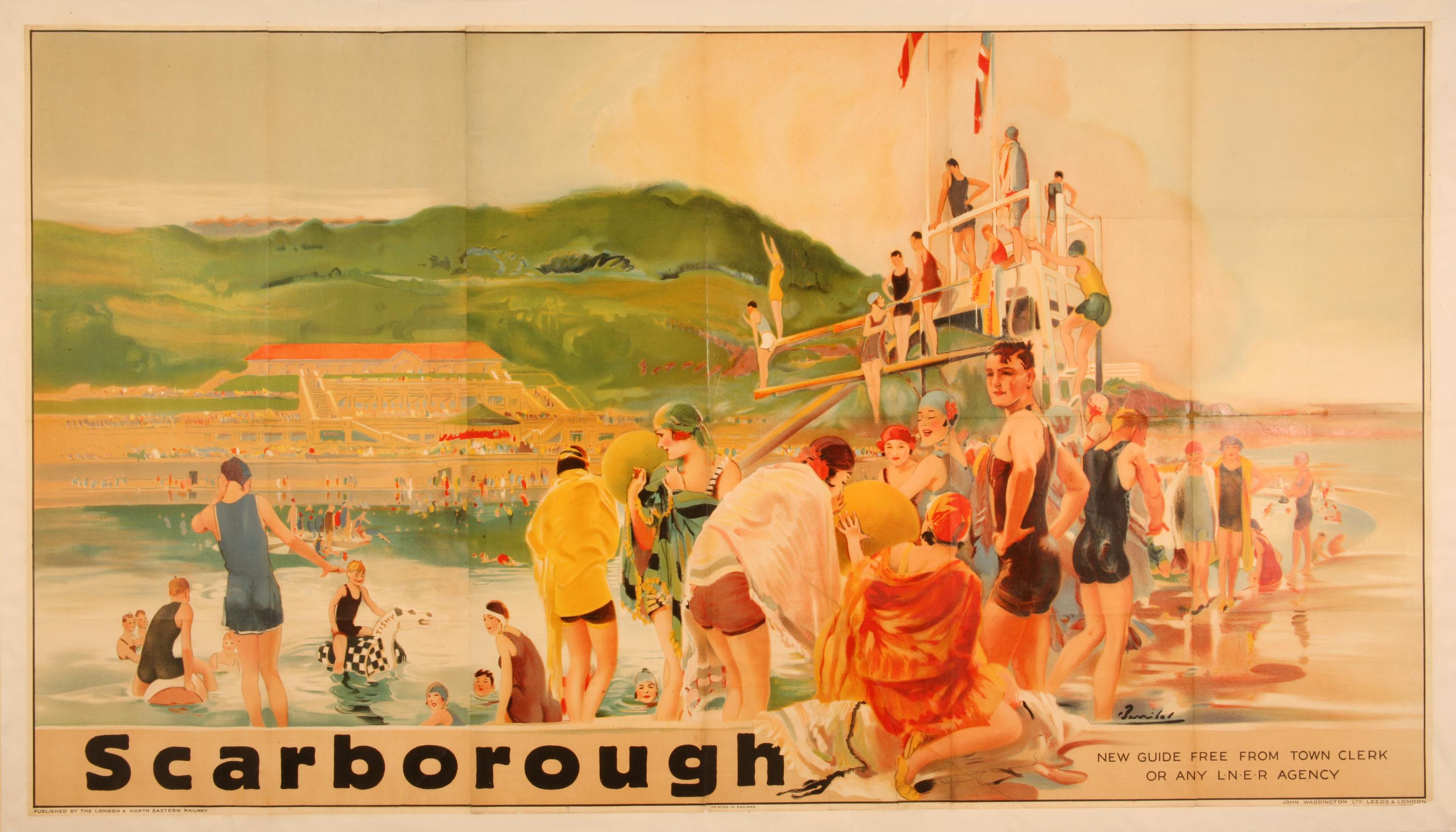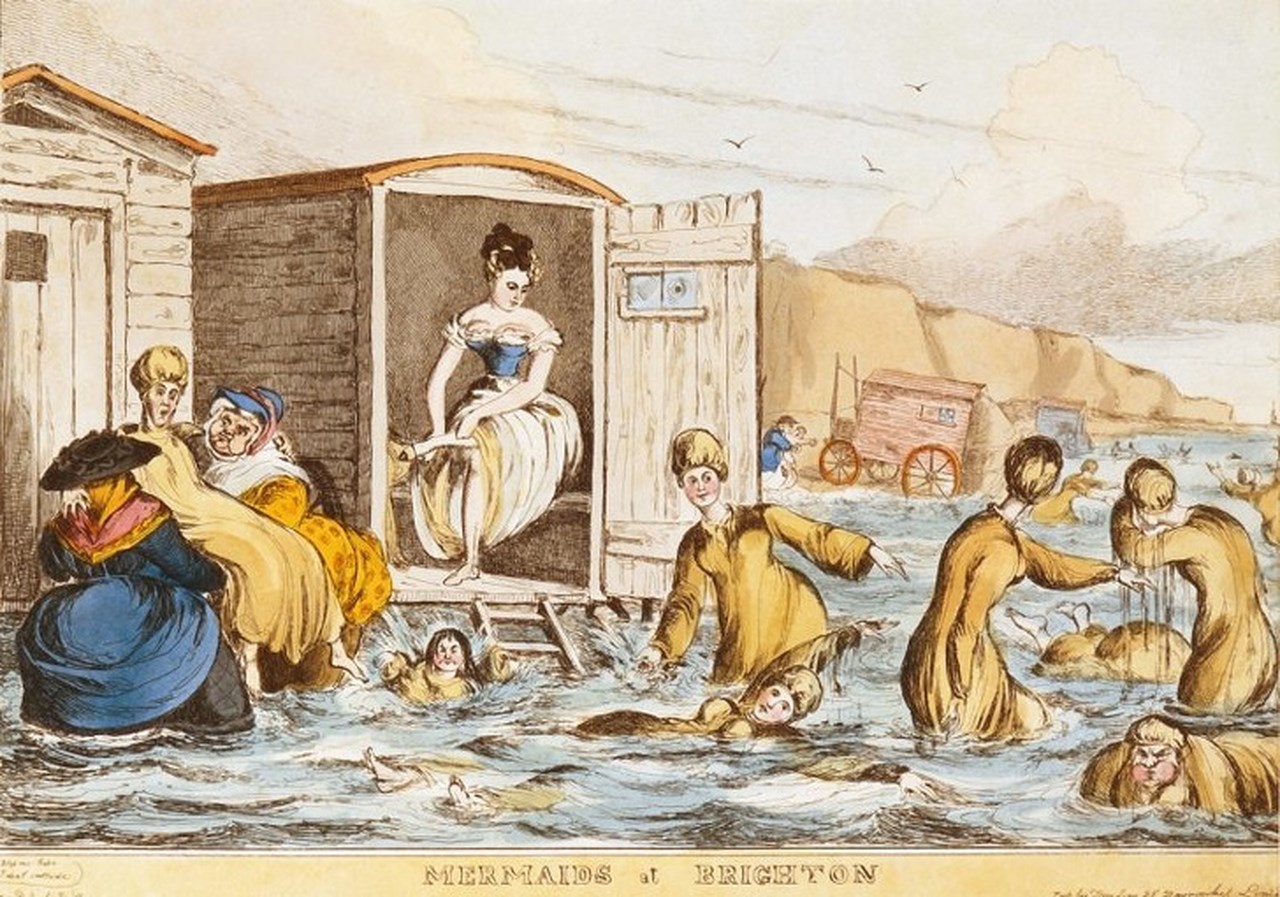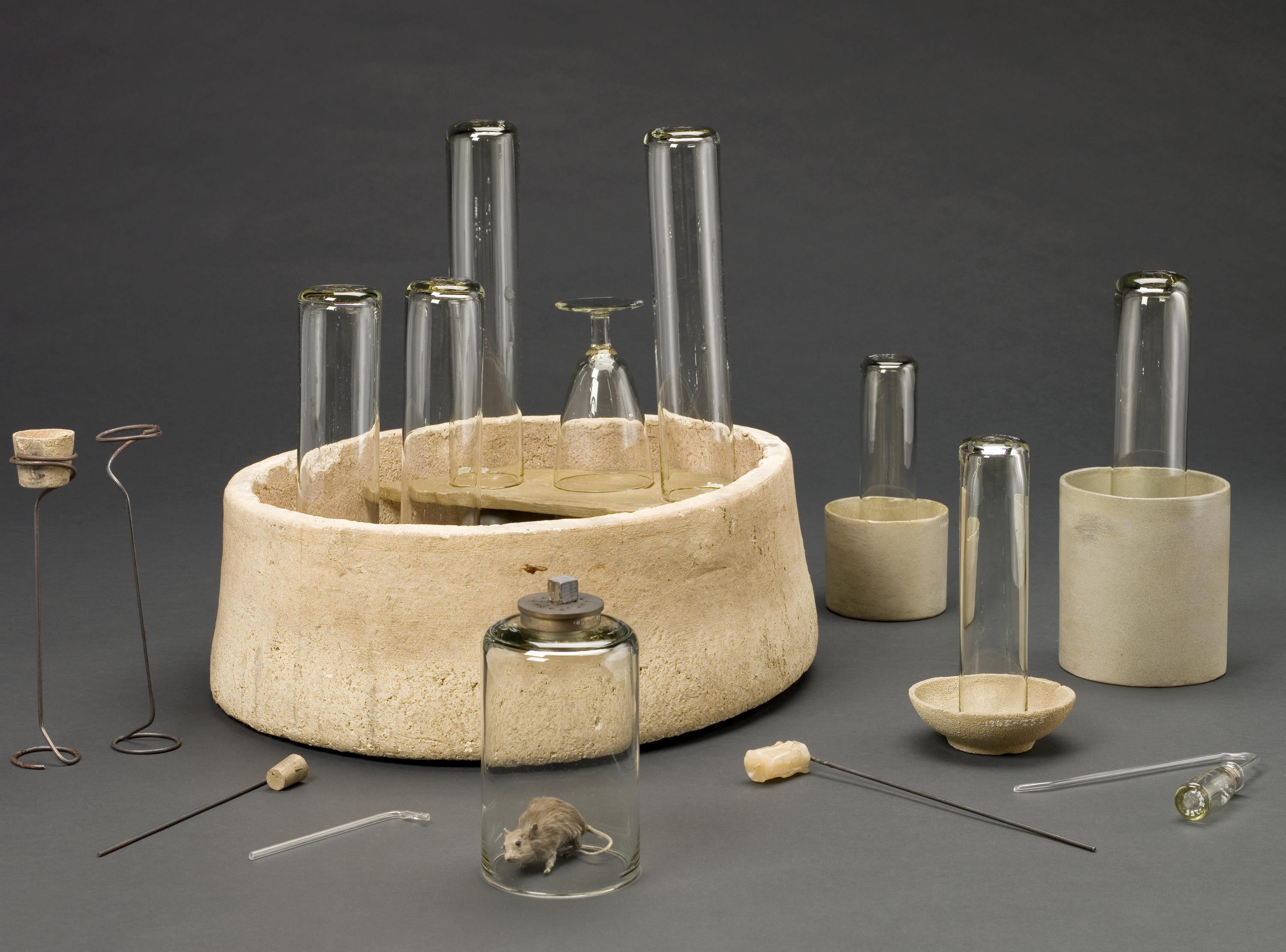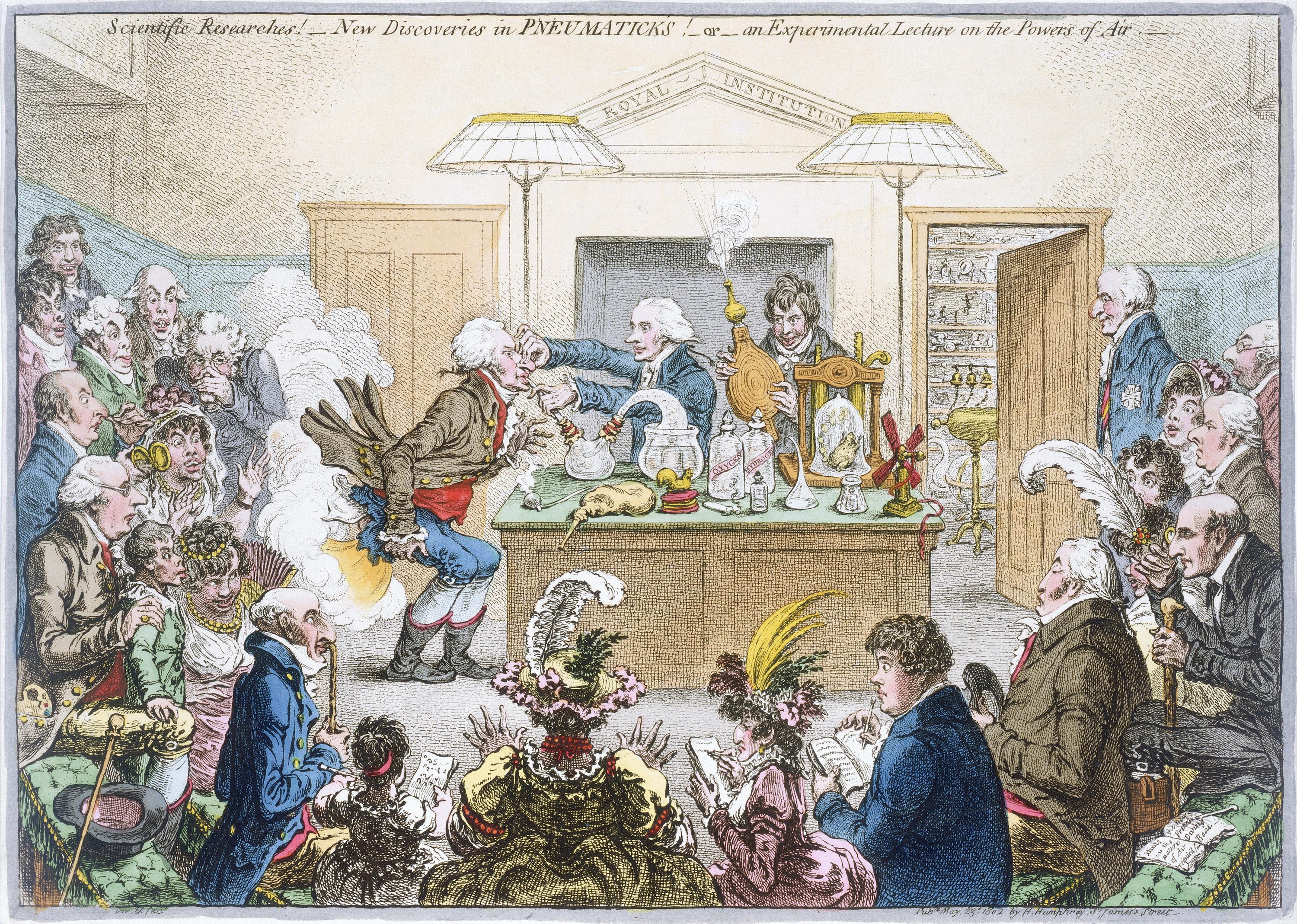As we slowly (and reluctantly) approach the end of summer we look back at the history of the seaside.
We Brits love the seaside. Especially in a heatwave. From Cornwall’s struggle to cope with ‘unprecedented mass tourism’ to the exhibitions and museums celebrating our coastal obsession during this scorchio summer.
But how did the seaside holiday become a popular pastime? Conveniently for my blog-writing agenda, it was (partly) down to chemistry.
Taking the waters
The first proto-seaside resorts sprung up in the 1730s. This followed the well-established medical pursuit of ‘taking the waters’ at spa towns, such as Bath and Buxton. Patients suffering from a range of ailments, from melancholia to gout, were prescribed both immersion and the drinking of spa water.

Scarborough was the first seaside resort, probably owing to the fact it also had a mineral spa. Initially, it attracted sea-bathers, following the cold-water bathing fad that physicians like Sir John Floyer advocated.
It was not until the middle of the 18th century that sea-water began to replace spa water as the curative liquid of choice. A Sussex physician called Richard Russell did more than anyone to popularise its therapeutic virtues.
Russell’s catchily-titled tome, A Dissertation on the Use of Sea Water in the Diseases of the Glands: Particularly the Scurvy, Jaundice, King’s-evil, Leprosy, and the Glandular Consumption, was a massive hit following its publication in English in 1752.
The book recommended a daily regime of drinking half a pint of seawater before bathing in the sea, followed by another half pint — which could be mixed with milk if desired. An optional extra was to be massaged with seaweed and then showered in heated (you guessed it) seawater.
Russell appealed to the authority of chemistry to justify his medical claims:
‘Let us see what the most accurate Enquirers into Nature, what Physicians and Chemists have observed of the Sea Water, and its principal Qualities, which are Four; the First is, Saltness; the Second, Bitterness; the Third, Nitrosity, or a nitrous Quality; and the Fourth, Unctuosity.’

Brighton owes its establishment as a popular seaside resort to Russell, who set up his practice there in 1753. When the Prince of Wales visited in 1784 to take a course of sea-bathing for glandular trouble, Brighton’s fashionable status was secured.
Bracing sea-air
In the latter half of the 18th century a vast medical literature around the various aspects of the seaside resort emerged, from the right kind of sand (‘clean and tidy’) to the efficacy of cliffs for shelter.
Sea-air soon overtook seawater as the coastal resort’s foremost cure for everything. This followed the first attempts to chemically analyse air in the early 1770s.
Armed with a trough, a variety of chemical glassware and a mouse, the polymath Joseph Priestley pioneered the study of air, or ‘pneumatic chemistry’, as it was known.

Priestley devised a test for calculating the purity and goodness of air, which was carried out by chemists over Europe.
The Italian aristocrat Marsilio Landriani invented an instrument for performing Priestley’s test, the ‘eudiometer’ – from the Greek meaning ‘a measure for good air’. Landriani wrote to Priestley of the exotic places he had tested air, such as the Pontine Islands and the beaches of Tuscany.
In 1779 a Dutch chemist Jan Ingenhousz set out with a specially-made portable eudiometer to compare the purity and goodness of sea-air with land air, collecting samples from London, Gravesend and Ofsted beach in France.
Publishing his results in the Royal Society’s illustrious journal, Ingenhousz found that ‘the air at sea and close to it is in general purer and fitter for animal life’.

As well as backing up anecdotal and medical beliefs, eudiometers were used to compare the quality of sea-air at different resorts. But not all were convinced.
In her last and unfinished novel about a fictional seaside resort, Jane Austen made seaside health a recurring subject of satire through the comic character of Mr Parker, who suffers from a sprained foot:
‘No person … could be really in a state of secure and permanent health without spending at least six weeks by the sea every year. The sea air and seabathing together are nearly infallible … anti-spasmodic, anti-pulmonary, anti-septic, anti-bilious and anti-rheumatic.’
Medical claims about sea air and sea water persist to this day, even prompting the NHS in 2012 to issue public advice in interpreting reported studies.
If I could, I’d be inclined to follow both Landriani and Mr Parker’s example and spend at least six weeks on a Tuscan beach every year…
Learn more about humanity’s relationship with our nearest star in this blog series, based on our recent exhibition The Sun: Living With Our Star.